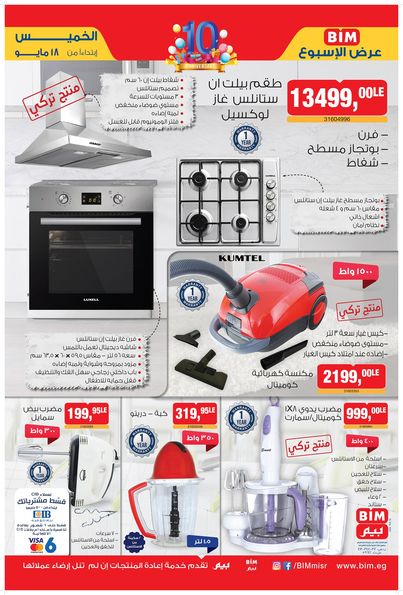vacuum cleaner
A vacuum cleaner, often simply referred to as a “vacuum,” is a household appliance used to clean floors, upholstery, and other surfaces by sucking up dirt, dust, debris, and other particles into a collection container or a disposable bag. It operates by creating a partial vacuum to generate suction, which pulls in the dirt and debris from the surfaces being cleaned. Vacuum cleaners are widely used for both residential and commercial cleaning purposes.
Key components of a vacuum cleaner include:
- Motor: The motor generates the suction power by creating a difference in air pressure between the inside of the vacuum and the surrounding environment.
- Suction System: This system includes a fan that creates airflow and a series of filters that trap particles as air is drawn into the vacuum.
- Collection Container or Bag: Vacuum cleaners can have either a collection container that can be emptied and reused or a disposable bag that collects the debris. Bagless models typically have filters that need periodic cleaning.
- Filters: Filters are essential for trapping dust and particles before air is expelled back into the environment. Common types of filters include pre-motor filters and post-motor filters. High-efficiency particulate air (HEPA) filters are used in some models to capture even smaller particles, making them ideal for people with allergies or asthma.
- Brushes and Attachments: Vacuum cleaners often come with various types of brushes and attachments for different cleaning tasks. These attachments can include crevice tools, upholstery brushes, and specialized floor heads for carpets, hardwood floors, and other surfaces.
- Hose and Wand: The hose and wand allow users to extend the reach of the vacuum to clean areas that are harder to access, such as under furniture or high corners.
There are several types of vacuum cleaners available on the market:
- Upright Vacuums: These are the traditional stand-up models that are pushed along the floor. They are well-suited for cleaning large areas of carpet and often come with various attachments.
- Canister Vacuums: Canister vacuums consist of a separate unit (canister) connected to a wand and hose. They are more versatile and can be used on a variety of surfaces, including stairs and upholstery.
- Stick Vacuums: These are lightweight and slim models designed for quick clean-ups and easy storage. They are generally less powerful but convenient for daily use.
- Handheld Vacuums: These small, portable vacuums are designed for quick spot cleaning of small areas, upholstery, and vehicles.
- Robot Vacuums: These autonomous vacuum cleaners move around a space on their own, using sensors to detect and navigate obstacles while cleaning. They are suitable for light maintenance cleaning.
- Central Vacuum Systems: These systems are built into the home and have a central unit that connects to in-wall outlets. Users plug a hose into these outlets to clean various rooms.
When choosing a vacuum cleaner, consider factors such as the type of flooring in your home, your cleaning needs, any specific allergies or sensitivities, and the convenience of the vacuum’s features and attachments.

